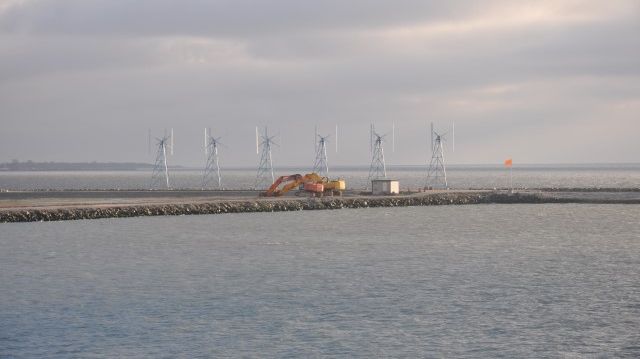
Nyhet -
Scandinavia's largest RORO terminal puts the environment first
The goal of the European TEN-T transport network is to link together and improve the infrastructure within the EU in order to create an efficient and sustainable transport system. In addition to ports, the network includes airports, rail routes and border crossings. The EU has identified 104 ports which are of strategic importance and has given them special priority. Five of these core ports are in Sweden: Luleå, Stockholm, Gothenburg, Malmö and Trelleborg.
As part of its environmental activities, the port of Trelleborg has become a partner in the EU SWIFTLY Green project, which was launched in 2013 and which aims to establish the conditions needed for sustainable multimodal transport and green logistics solutions in specific transport corridors right across Europe. The project has highlighted the importance of having a modern IT system. One of the major challenges for Scandinavia's largest RORO terminal is managing the flows of goods and information that travel in different directions. When the goods are moved from one form of transport to another, shipping companies, haulage firms, train operators and the owners of the goods must have secure access to up-to-date information in real time. In close cooperation with Hogia, the port of Trelleborg has developed a solution which integrates the different players all over the port and which acts as a hub for the flows of information.On average, the terminal system processes around 12,000 messages each day. Since the new IT system was introduced, the management of goods has been rationalised. As a result, the number of journeys made and the amount of emissions generated have been reduced.An integrated IT system also allows checks to be carried out and information obtained which in turn makes the environmental activities measurable. This applies to energy consumption, distances travelled and resource use, for example.
The impact of the environmental work carried out by the port of Trelleborg includes a reduction of around 30 percent in the diesel used by the port vehicles since 2010, despite the fact that the volume of traffic and goods has increased during the same period. Analyses carried out at the port also show that the number of hours driven has fallen significantly since 2010. The reduction in the port's fuel consumption is the result of a combination of measures implemented at the port. In addition to introducing an integrated IT system which allows goods handling to be rationalised, the port has also run courses on fuel-efficient driving and now uses modern and more fuel-efficient engines.
More information
Greening of Port Operations, Best Practice Guide 2015 is one of the reports published by the SWIFTLY Green project. The report highlights the importance of having a modern IT system and the best practice guide, which includes examples of green installations, systems and innovations, also describes the IT system at Trelleborg as one example of the way it is working towards becoming a greener port.
For more information on SWIFTLY Green, visit http://www.swiftlygreen.eu/en/news/greening-port-operations. There you can also download the report.
The Hogia Group comprises 27 companies in Scandinavia and the United Kingdom with a total of 600 employees. With software as a common denominator, the Hogia Group currently operates in three business areas: finance and business systems, human resource systems and transport systems. For more information, visit www.hogia.com.
